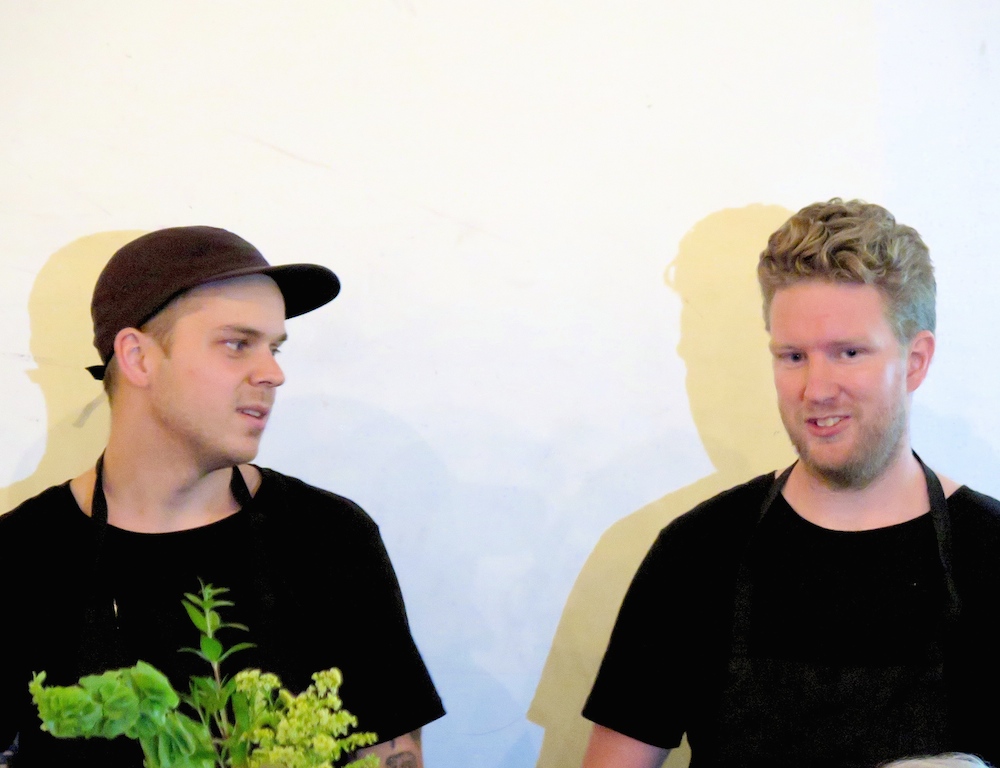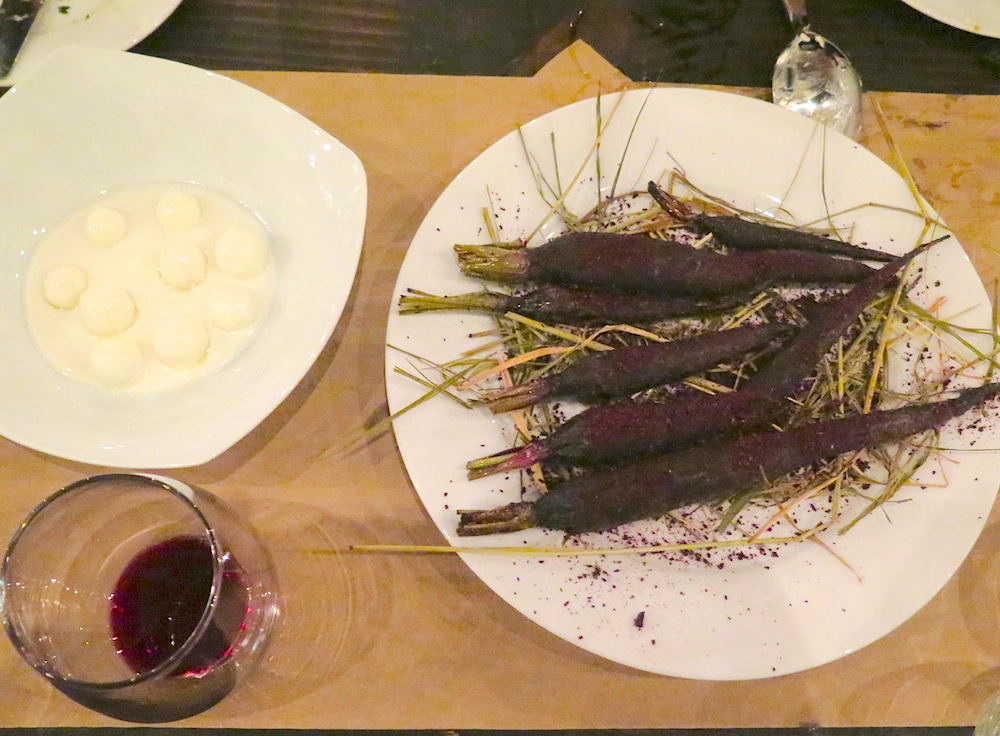Anyone who’s paying attention to what we eat today knows that we’re living in a golden age of Nordic gastronomy. Not unlike the pinnacle of Scandinavian design, we’re reaping the benefits of a remarkable synergy of exceptional talent and egalitarian philosophy. Marked by environmental awareness, the current renaissance of neo-Nordic cuisine recalls the earlier transformation from Julia Child to Alice Waters, whereafter the culinary world – and our lives – completely evolved.
For the past decade, the restaurant world and foodies the world over have been fixated on what has been termed “the most influential gastronomy movement since the 1960s.” With the advent of autumn and the return of North Food Festival, New Yorkers are fortunate to experience some of the most dynamic Scandinavian cuisine as prepared by the world’s most celebrated Nordic chefs.
Notable for a healthy lifestyle and one of the world’s highest standards of living, Sweden inaugurated its Try Swedish campaign in 2008 in order to promote a culinary future as sustainable as it is delicious and nutritious – and in 2012, Sweden was awarded the gold medal in the IKA Culinary Olympics.
The purity of Sweden’s raw ingredients is nearly unparalleled on the planet, enabling chefs such as Chefs Gustav Peter Andersson and Karl Johan Fredrik Johnsson, the wunderkinds behind the Michelin-starred restaurant Volt in Stockholm, to cook alongside the cycles of nature with a menu that is focused on the surrounding forests, fields, and seas. The two chefs let nature direct their focus in the kitchen, thereby insuring that Volt offers natural, honest, and distinct food – with no industrially processed ingredients. Opened in December 2012, Volt received its first Michelin star in 2015.
As part of the 2015 North Food Festival held this year in the West Village, the two chefs helmed a recent gourmet pop-up dinner that ushered in autumn with a cornucopia of seasonal ingredients such as kale chips served with lovage and oysters. Slow roasted purple carrots dusted with black currants were served on a bed of smoldering hay alongside a bowl of goat cheese bocconcini.
A plate of roasted scallions with yogurt and cod roe accompanied an entrée of poached cod served with cauliflower crumble and elderberries. Volt’s signature dessert is birch bark meringue made with birch sap (which must be collected in the interim between winter and spring before any green buds appear), a labor-intensive boreal elixir that hits the palate like a silky wintergreen molasses. A traditional Swedish sponge cake was complemented by candied herb stalks of fennel and lovage.
With a history of farming grains, livestock, and dairy and a 35,000-island archipelago, Sweden offers a broad diversity of produce from the forest, lake, sea, and meadow. More than 200 types of apples are registered in Sweden – and the world’s best-selling pear cider has been produced by the same family-owned brewery since 1882. Sweden’s long summer evenings enable an ample harvest of wild raspberries, gooseberries, currants red and black, blueberries, crowberries, and lingonberries, as well as rhubarb, ramps, asparagus, and the famed Gotland truffle.
Other culinary delicacies include Swedish belon oysters – and the glistening orange roe known as Kalix gold (or bleak roe), which the Swedes serve atop buttered toast, with a smattering of red onion, crème fraiche, dill, and black pepper – and a spritz of lemon. Something so simple elevated to the ethereal is a hallmark of Swedish culinary style.
Apart from Stockholm with its culinary stars such as Andersson and Johnsson and Mathias Dahlgren, Scandinavia’s most Michelin-starred chef, the cities of Gothenburg and Malmö are equally noteworthy for their culinary prowess. A country of 9.5 million residents, Sweden is home to eighteen Michelin-starred restaurants, with three two-starred Michelin restaurants – and two restaurants listed on the World’s 50 Best Iist. Short of traveling to Sweden, North Food Festival offers a delicious introduction to some of the world’s most innovative cuisine.




























